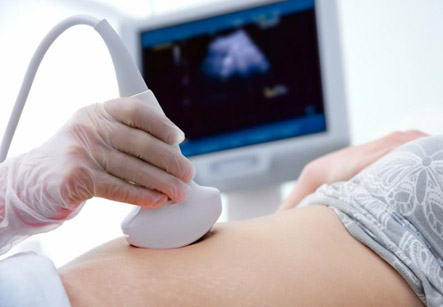Preimplantation Genetic Diagnosis PGD
Introduction
Every woman naturally hopes for a healthy baby. However, sometimes the baby can be born with serious physical or intellectual disorders. To diagnose development of such conditions in baby, a number of different prenatal (which means before birth) tests and procedures are available in modern medical field. So that appropriate actions can be taken before birth itself. Each procedure has advantages, disadvantages and limitations.
Prenatal diagnostic tests include:
1. Ultrasound examination
2. Chorionic villous sampling also called as CVS.
PGD may also be regarded as a preferred option over prenatal testing in a naturally conceived pregnancy.

3. Amniocentesis
4. Cordocentesis
One of such diagnostic pre-pregnancy option is called as preimplantation genetic diagnosis (PGD) which is used in conjunction with in vitro fertilization (IVF) therapy. This diagnostic test is performed on an embryo prior to implantation in the uterus.
Preimplantation genetic diagnosis (PGD) was first performed about two decades ago. It is specialized techniques to help the couples at risk of having a child with a genetic condition avoid doing so without the need of termination of an affected pregnancy.
An embryo that has been created using assisted reproductive technology (ART) such as in vitro fertilization (IVF) is tested, prior to transferring it to the uterus for further growth and allowing it to develop normally.
Procedure:
1. Hormonal medications are given to the woman to stimulate the ovaries and eggs or oocytes thus formed are retrieved.
2. After this, the eggs are removed and fertilized in the laboratory with partners or donor’s sperm.
3. Successfully fertilized eggs start to divide and multiply to produce a developing embryo called as blastomere.
4. After three to five days, the developing embryo is composed of either eight cells (after three days) or is a blastocyst (after five days).
5. A this stage, one or more cells are removed from this mass and the doctor orders to perform specific tests on them for diagnosis of the genetic condition in question.
6. The removal of cells usually does not harm the developing embryo.
7. After this, only the embryos which test negative for that specific genetic condition are transplanted into the woman’s womb on the same day or, in some cases, on day five of development in blastocyst stage.
8. To avoid the possibility of multiple births, only one or two embryos are transferred to the uterus at one cycle of IVF.
9. In some IVF clinics, the tested and unaffected embryos which are not transferred arefrozen for use in future cycles.
Success of an IVF cycle following PGD:
The success rates differ depending on the IVF centre or from patient to patient, however it usually similar to standard IVF success rates. Therefore absolute guarantee about a pregnancy and an unaffected child cannot be given in this technique. Like any other IVF procedure, emotional stress and disappointment can occur in PGD methods. The financial and emotional impact of the IVF procedure followed by PGD should be weighed against that oftermination of pregnancy in case of an affected child conceived naturally.
Benefits:
1. The basic benefit of PGD is that it provides chances of producing unaffected child for couples having a risk of giving birth to a child with a particular genetic condition.
2. For couples with a moral or religious objection to termination of pregnancy.
3. PGD may also be regarded as a preferred option over prenatal testing in a naturally conceived pregnancy.
4. It can eliminate the risk of repeated miscarriages for couples in whom one partner is a carrier for a chromosomal translocation. Therefore, genetic counselling is important before considering PGD.
Important points to be noted
1. PGD is one of the efficient alternatives to prenatal testing and other procedures available to diagnose the risk of a baby being born with some genetic condition.
2. PGD involves testing for certain genetic conditions in an embryo created using assisted reproductive technologies (ART) such as in vitro fertilization (IVF), prior to transferring it to the uterus.
3. Only the embryo without the specific genetic condition that was tested for are transplanted into the woman’s uterus.
4. Like any IVF procedure, stress and often disappointment can be associated with PGD. Couples need to balance the financial and emotional burden of the IVF procedure followed by PGD against that of termination of an affected child conceived naturally.